
Understanding the Significance of Multi-Source Agreements (MSAs)
Multi-source agreements (MSAs) form the bedrock of standardized protocols governing SFP and SFP+ transceivers. These agreements are pivotal in uniting multiple manufacturers under a common set of specifications. By setting up uniformity across devices, MSAs assure compatibility, enabling any SFP or SFP+ device from different vendors to function cohesively within a network infrastructure.
The Crucial Elements of SFP and SFP+ MSAs
An in-depth understanding of the core components within the realm of SFP and SFP+ MSAs is imperative for designers and engineers. The mechanical interface, encompassing dimensions, labelling, host board layout, and bezel design considerations, is fundamental. Equally significant are the electrical interface elements, delineating pin definitions, timing requirements, and module interface definitions.
However, understanding these major elements is merely a stepping stone in the journey of selecting the most suitable transceiver for a specific design. Other specifications and the device’s robustness in varied operating environments are equally crucial. Devices capable of withstanding diverse environmental conditions are indispensable in demanding applications.
Striking Differences Between SFP and SFP+ MSAs
While both SFP and SFP+ adhere to similar principles, their nuanced differences call for attention. Designers often favour SFP+ due to the added reassurance it provides in terms of functionality within applications. The marginally elevated capabilities of SFP+ compared to SFP devices make it a preferred choice in various scenarios. However, understanding these discrepancies is essential for making informed decisions about the most suitable transceiver for a specific application.
- Navigating the Selection Process
Choosing the right transceiver involves a meticulous assessment of several factors beyond basic specifications. Designers must weigh environmental robustness, performance, and interoperability to find the best choice for their application. A reliable transceiver not only ensures seamless functionality but also fosters customer satisfaction, leading to increased loyalty and potential future business opportunities
- Interoperability and Compatibility Challenges
While MSAs aim to standardize these transceivers, ensuring compatibility across various vendors’ devices can sometimes pose challenges. Implementing strict adherence to the standards outlined in MSAs is crucial to support interoperability. However, instances of subtle variations in implementation among vendors may still occur, leading to compatibility issues that need to be mitigated during deployment
- Addressing Environmental Demands
The operating environment plays a pivotal role in figuring out the suitability of SFP and SFP+ transceivers. Applications in harsh environmental conditions, such as extreme temperatures or high humidity, demand devices with robust build quality and superior resistance to environmental stressors. Understanding these environmental parameters is crucial in selecting transceivers capable of withstanding such challenges
- Emerging Trends and Future Prospects
The future landscape of SFP and SFP+ technology is poised for further advancements. The emergence of higher-speed transceivers, such as QSFP (Quad Small Form-factor Pluggable) and QSFP28 (Quad Small Form Factor Pluggable 28), with even greater data transmission capacities, signals a trend toward faster and more efficient networking solutions. Additionally, advancements in optical technology and miniaturization may lead to smaller form-factor transceivers capable of supporting higher bandwidths
- Integration with Emerging Networking Paradigms
As networking paradigms like Software-Defined Networking (SDN) and Network Function Virtualization (NFV) gain prominence, the role of SFP and SFP+ transceivers in these ecosystems becomes increasingly significant. Their adaptability and compatibility with evolving networking architectures are pivotal in enabling the seamless integration and scalability demanded by these modern paradigms
- Educational Resources and Industry Collaboration
To stay abreast of the latest developments in SFP and SFP+ technology, accessing educational resources, attending industry seminars, and fostering collaboration within the networking community are invaluable. Engaging in discussions, sharing experiences, and learning from others’ insights can broaden perspectives and deepen understanding in this constantly evolving field
- Expert Guidance and Conclusion
Consulting with experts in the field can significantly aid in understanding the intricate details of SFP and SFP+ MSAs. Their insights can illuminate the selection process, ensuring that designers make informed choices aligned with their project requirements.
In conclusion, the world of SFP and SFP+ transceivers revolve around standardized protocols governed by MSAs. Delving into the nuances of these agreements and understanding the critical elements of these devices is pivotal for creating robust and reliable network infrastructures. By understanding the subtle differences between SFP and SFP+ and using expert guidance, designers can navigate the selection process more effectively, thereby ensuring seamless integration and best performance within their applications.
How to Choose the Right SFP Transceiver for Your Network Design?
If you are a network designer, you may have heard of SFP transceivers. SFP stands for small form-factor pluggable, and it is a type of transceiver device that can be plugged into a network switch or router to supply optical or electrical connectivity. SFP transceivers are standardized by what is called a multi-source agreement (MSA). An MSA is an agreement between multiple manufacturers that defines the characteristics of the system, such as the mechanical and electrical interface, the performance, and the compatibility. The MSA ensures that any SFP or SFP+ device from any vendor will function properly in any compatible system.
But why are SFP transceivers so important for network design? And what are the differences between SFP and SFP+ MSAs? In this blog, we will answer these questions and give you some tips on how to choose the right SFP transceiver for your network design.
The Importance of MSAs
MSAs are important because they set the standard that ensures that all SFP transceivers are the same regardless of the supplier. This gives manufacturers the peace of mind that the SFP will work in the chosen design. When companies must meet certain standards, they raise the bar in terms of creativity and efficiency. They also find unique ways to lower costs and offer customers more. That’s why MSAs are so important.
However, not all system vendors respect the value of MSAs. Some of them may try to circumvent the standardization by using proprietary codes or locking mechanisms to prevent customers from using third-party SFP transceivers. This is not only unethical, but also unwise. Developing a reputation of failing devices can be detrimental to a company. They should learn how to make reliable devices with proper codes for delighted customers.
All network operators should avoid buying optical transceivers from the system vendors that are using coercive tactics to save money because the products will be inferior and compromise your design. Many vendors cut corners and then, when the devices fail, they are unable to keep their customers. Instead, you should look for reputable and reliable suppliers that follow the MSA standards and offer high-quality and cost-effective SFP transceivers.
The Major Elements or Characteristics of SFP and SFP+ MSAs
Before you choose an SFP transceiver for your network design, you should know about the major elements or characteristics of SFP and SFP+ MSAs. These include the mechanical interface and the electrical interface of the device.
The mechanical interface refers to the physical aspects of the device, such as the size, shape, and weight. The mechanical interface also includes the labelling, the host board mechanical layout, and the bezel design considerations for host systems. The mechanical interface ensures that the SFP transceiver can fit into the slot of the system and be easily inserted and removed.
The electrical interface refers to the electrical aspects of the device, such as the power supply, the signal transmission, and the communication protocol. The electrical interface also includes the pin definitions, the timing requirements, and the module definition interface. The module definition interface is a serial interface that allows the system to find and check the SFP transceiver. The electrical interface ensures that the SFP transceiver can run properly and safely in the system and supply the desired performance.
Knowing the major elements or characteristics of SFP and SFP+ MSAs is just half the battle of selecting the proper one for your design. You should also know other specifications and the robustness of the device. A demanding operating environment will require a device that is known for withstanding the elements, such as temperature, humidity, vibration, and shock.
The Differences Between SFP and SFP+ MSAs
SFP and SFP+ are two types of SFP transceivers that have different MSAs. SFP is the original standard that was introduced in 2001, while SFP+ is the enhanced version that was introduced in 2006. The main difference between SFP and SFP+ MSAs is the data rate. SFP supports data rates up to 4.25 Gbps, while SFP+ supports data rates up to 16 Gbps. This means that SFP+ can supply faster and more efficient data transmission than SFP.
Another difference between SFP and SFP+ MSAs is the power consumption. SFP+ consumes less power than SFP, which means that SFP+ can save energy and reduce heat generation. This also means that SFP+ can support more ports per system than SFP, which can increase the scalability and flexibility of the network design.
However, SFP and SFP+ MSAs are not completely incompatible. SFP+ slots can accept SFP transceivers, but not vice versa. This means that you can use SFP transceivers in SFP+ systems, but you cannot use SFP+ transceivers in SFP systems. This also means that you can upgrade your network design from SFP to SFP+ without replacing the entire system, but only the transceivers.
Most designers prefer the SFP+ MSA because they will have some reassurance that the device will work in the application as designed. SFP can be used, but there are risks. You should consult a professional to learn more about the differences and which will be better for your application. Knowing will help you make the choice that will cause the least complications.
How to Choose the Right SFP Transceiver for Your Network Design
Now that you know the importance, the characteristics, and the differences of SFP and SFP+ MSAs, you may wonder how to choose the right SFP transceiver for your network design. Here are some factors that you should consider:
The data rate: You should choose an SFP transceiver that matches the data rate of your system and your application. For example, if you need a data rate of 10 Gbps, you should choose an SFP+ transceiver that supports 10 Gbps, not an SFP transceiver that supports 4.25 Gbps.
The wavelength: You should choose an SFP transceiver that matches the wavelength of your optical fibre and your application. For example, if you use a single-mode fibre that runs at 1310 nm, you should choose an SFP transceiver that runs at 1310 nm, not an SFP transceiver that runs at 850 nm.
The distance: You should choose an SFP transceiver that matches the distance of your optical fibre and your application. For example, if you need to send data over 40 km, you should choose an SFP transceiver that supports 40 km, not an SFP transceiver that supports 10 km.
The compatibility: You should choose an SFP transceiver that is compatible with your system and your application. For example, if you use a Cisco switch, you should choose an SFP transceiver that is compatible with Cisco, not an SFP transceiver that is compatible with Juniper.
The quality: You should choose an SFP transceiver that is of high quality and reliability. You should look for reputable and reliable suppliers that follow the MSA standards and offer high-quality and cost-effective SFP transceivers. You should also look for SFP transceivers that have passed rigorous testing and certification, such as CE, RoHS, FCC, and ISO.
Choosing the right SFP transceiver for your network design can be challenging, but not impossible. If you follow these tips, you will be able to find the best SFP transceiver for your network design. If you need more help, you can contact an expert in the field to tell you more about how they can help you. At Megnet, we have the best networking products and services to help you achieve your network goals. We can also provide you with personalised and customised advice based on your specific needs. Contact us today and let us help you with your network design.
FAQ's
SFP transceivers support data rates up to 1 Gbps, while SFP+ transceivers are designed for higher speeds, ranging from 10 Gbps to 16 Gbps or more.
MSAs are industry agreements that standardize the form factor and electrical interface of transceivers. They've facilitated interoperability between different manufacturers' devices, ensuring compatibility.
No, they have different physical interfaces; however, some devices support both types of modules in dedicated ports.
SFP+ transceivers offer higher data rates, typically starting from 10 Gbps, making them suitable for high-bandwidth applications like data centers and high-speed networks.
Some devices have ports that support both SFP and SFP+ modules, but this depends on the specific hardware capabilities of the device.
MSAs have evolved to define standards for higher-speed interfaces like SFP28 (25 Gbps) and QSFP (Quad Small Form-factor Pluggable) for even faster data rates.
Considerations include required data rates, device compatibility, existing infrastructure, and future scalability needs.
No, both SFP and SFP+ modules share the same form factor, which allows for easy upgrades without requiring changes to the physical design of the networking hardware.
Yes, many modern devices support both SFP and SFP+ modules, enabling a mix of different data rates within the same network.
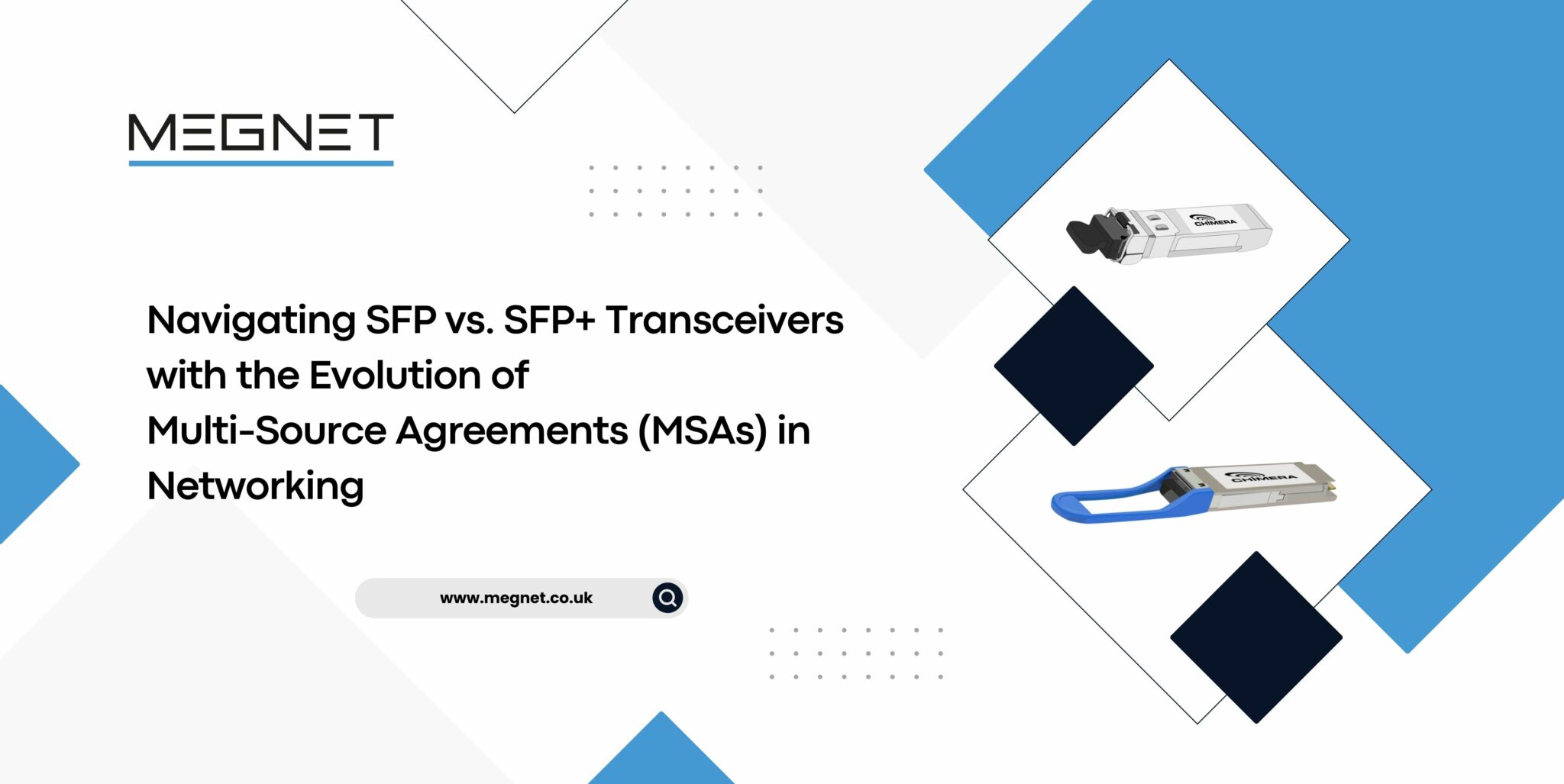

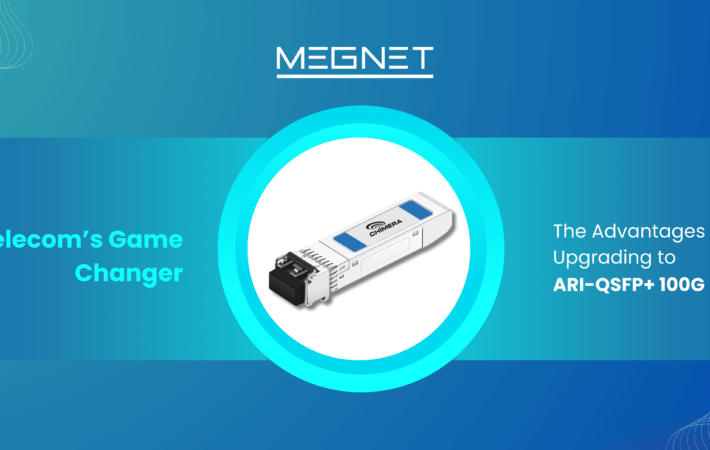

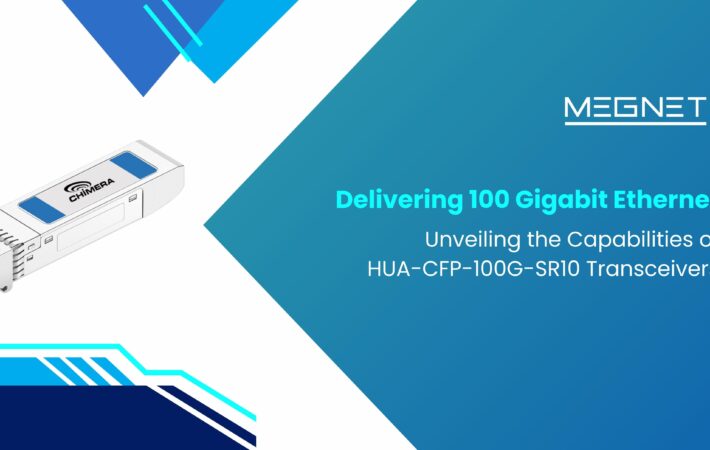
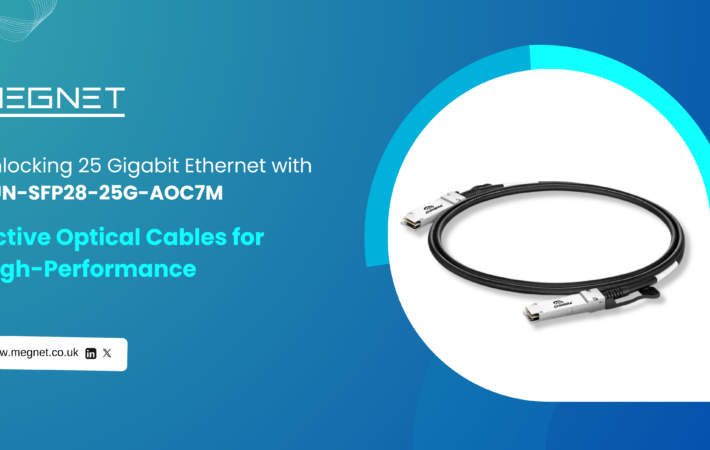
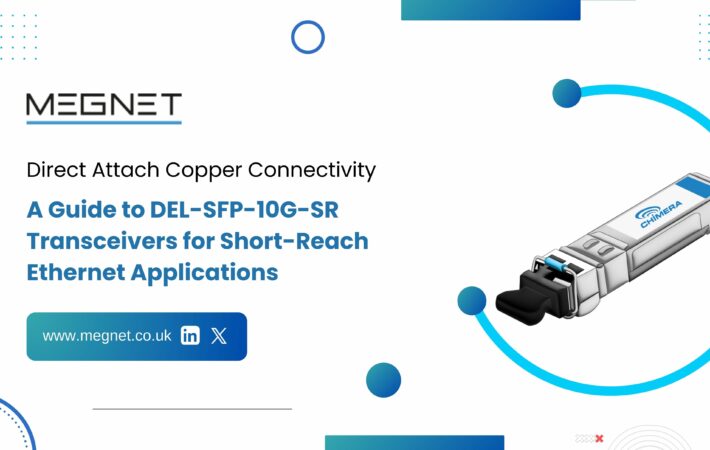


Leave a comment
Your email address will not be published. Required fields are marked *